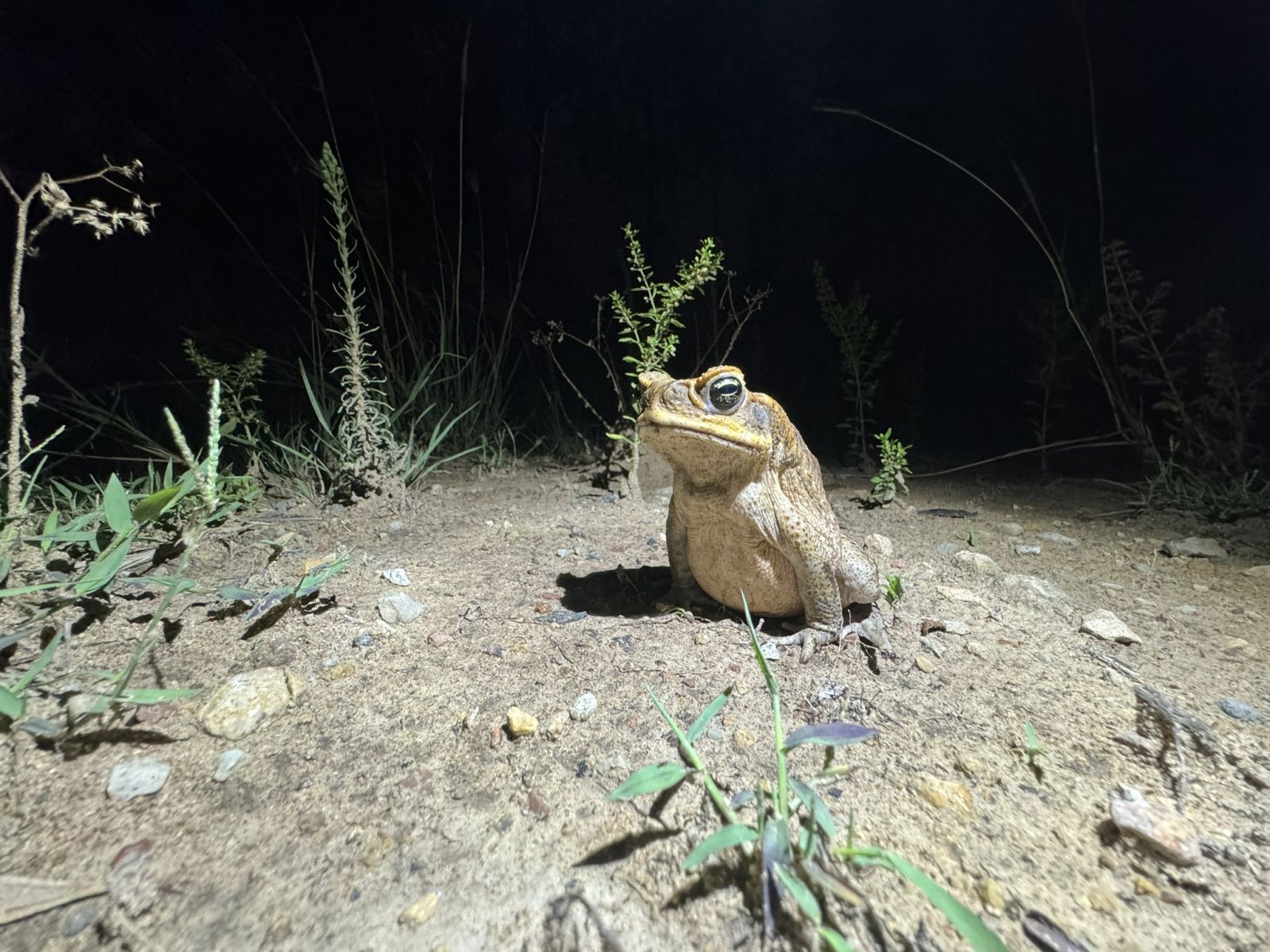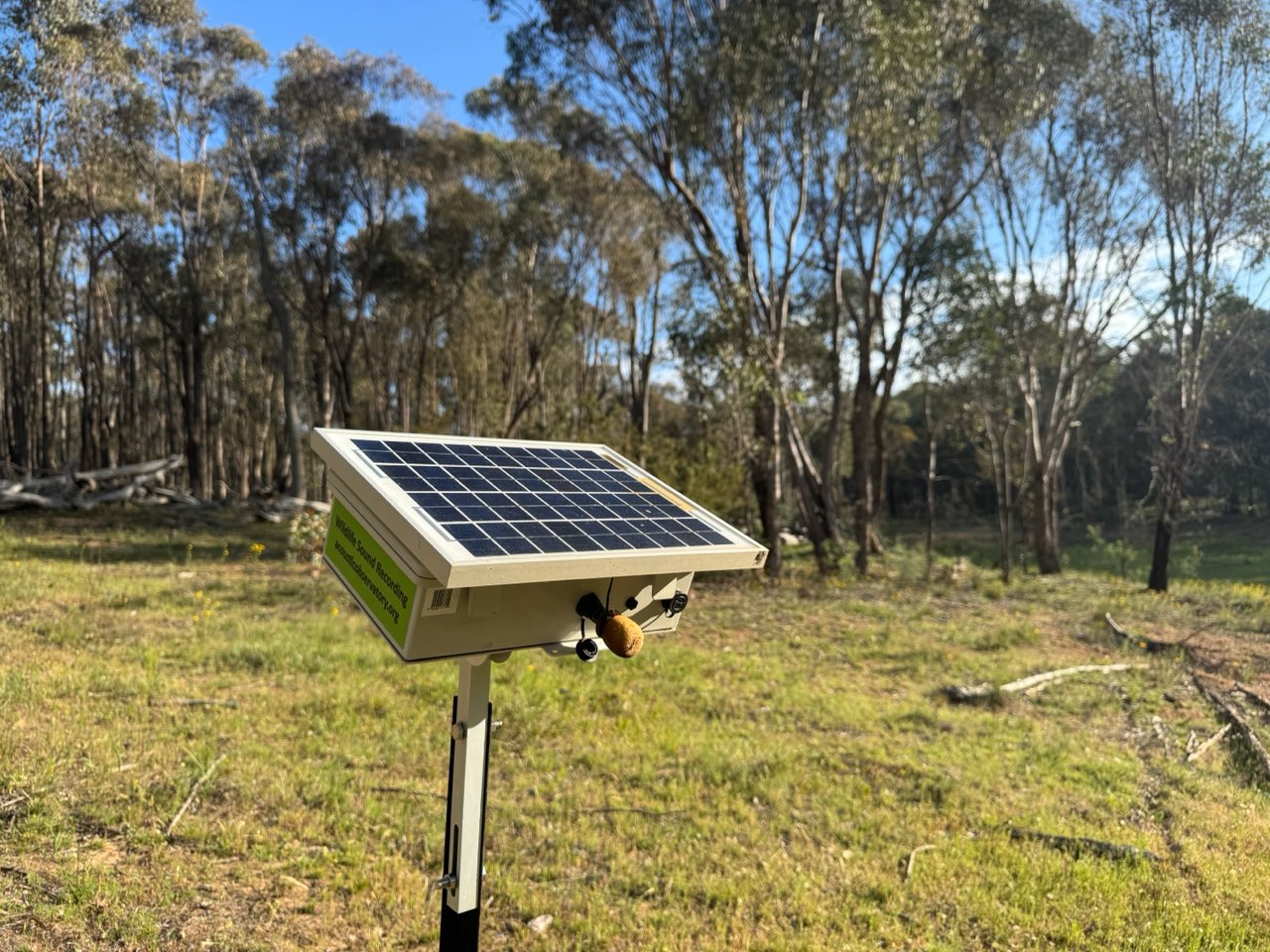Answering the call of the cane toad
Researchers at James Cook University (JCU) have co-developed a free and user-friendly software that can reliably detect cane toad calls across Australia to help monitor the notoriously invasive species.

Known as an acoustic classifier, the AI-powered software is trained on an extensive labelled dataset to detect cane toad calls via acoustic analysis using more than 778,000 hours of recordings from across Australia.
The researchers’ study has been published in the journal Ecological Informatics. It provides a step-by-step guide for developing an acoustic classifier using free materials and offers readers a reference workflow to develop similar classifiers for other invasive species.
Paper co-author and JCU PhD candidate Franco Ka Wah Leung said the device can help with biodiversity monitoring, control of invasive species, and conservation.
“We used BirdNET software, which has a user-friendly software platform anyone can use, you don’t need to have any coding knowledge or experience,” he said.
“Because it is so easy to use BirdNET, I wanted to train a classifier to detect cane toads as they are a famously big problem here in Australia.
“So now if people have recordings from specific sites, they can download the software, upload their recordings, and use our classifier to search for toads.
“Our classifier can be used and downloaded freely by anyone.”

Although classifiers often need optimisation for specific sites, the JCU classifier achieved over 90 per cent accuracy in identifying cane toad calls at many sites, and its performance held up under challenging acoustic conditions, for example when there was background noise from other species or rain and wind.
The tool will assist with cost-effective monitoring efforts nationwide and is an alternative to time-consuming and labour-intensive fieldwork as it enables continuous, automated monitoring over large and sometimes remote or hazardous locations.
“You don't have to go out to do field work surveys every week or every month, with our classifier and audio recorders you just set up, make sure the batteries are charged and then change the SD cards when you need to, taking them back to the office where you search for toads in the data,” Mr Ka Wah Leung said.
“The data we used was from a continent-wide acoustic sensor network that records 24/7. Some sites already have multiple years of data.
“We can search existing data and future data. Using pre-collected data was a huge advantage compared to people manually deploying recorders at specific sites, allowing us to perfect the classifier Australia-wide.
“We sincerely hope people from other countries affected by cane toads could build on this dataset and create a universal model with good performance worldwide.”
Contacts
Media enquiries: michael.serenc@jcu.edu.au